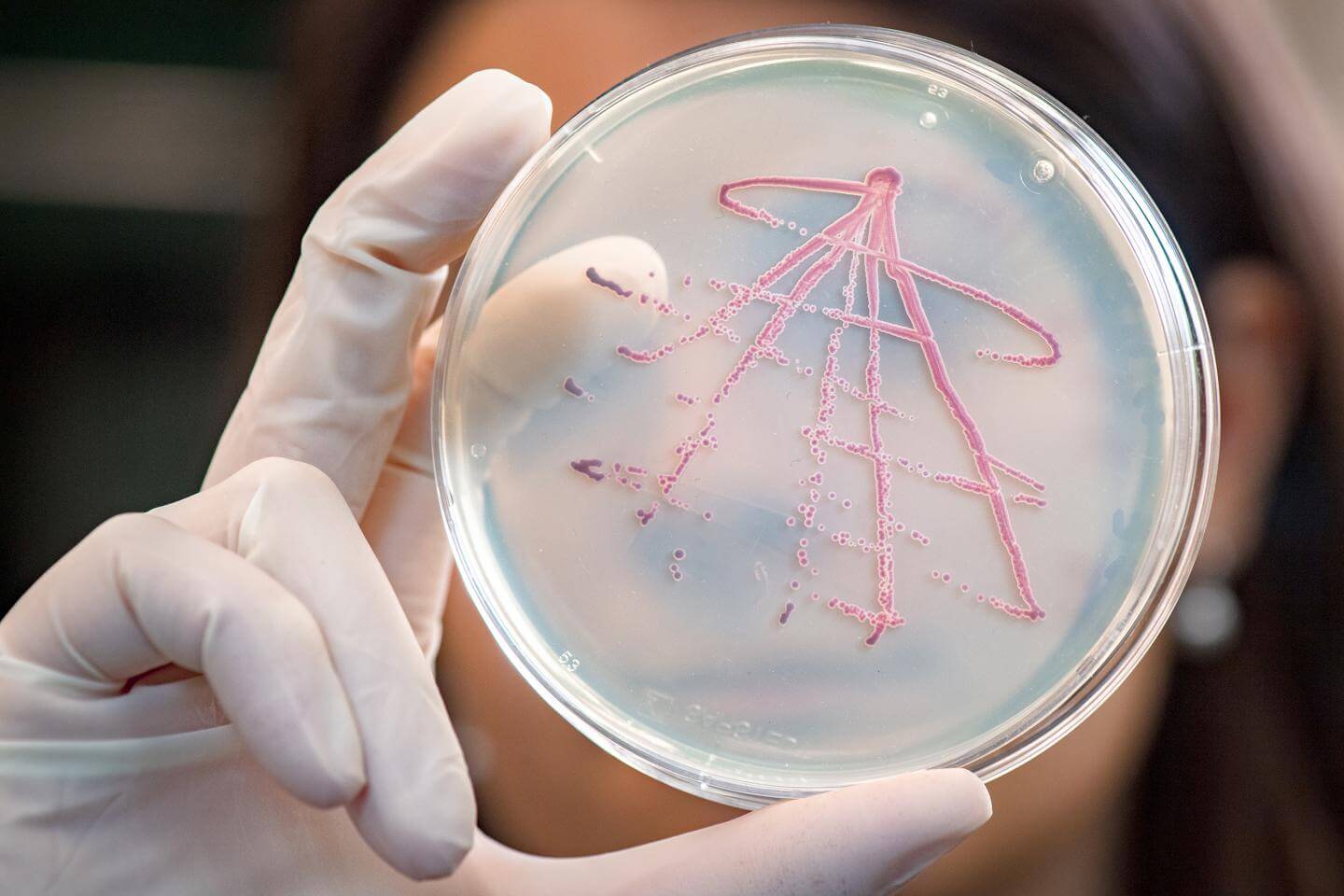In the realm of food safety, understanding the nuances of pathogens like Clostridium perfringens is paramount for professionals dedicated to safeguarding consumer health. This article delves into the scientific intricacies of Clostridium perfringens, its modes of contamination, and the proactive strategies required to minimize risks and maintain the integrity of the food supply.
The Bacterial Protagonist - Clostridium perfringens:
Clostridium perfringens, an anaerobic bacterium, is widely distributed in soil, water, and the gastrointestinal tracts of humans and animals. Although often benign, certain strains can produce toxins under specific conditions, leading to foodborne illnesses in humans. For food safety experts, grasping the bacterial biology is pivotal in combating its potential threat.
Causes of Contamination and Risk Factors:
Clostridium perfringens thrives in environments where temperature control is inadequate. Improper food handling, especially in buffet-style settings, can promote its growth. When food is prepared and stored without proper refrigeration, the bacterium can multiply rapidly, producing toxins that lead to food poisoning. Recognizing risk factors is pivotal for minimizing outbreaks.
Symptoms and Impact:
Foodborne illnesses caused by Clostridium perfringens manifest with symptoms such as abdominal pain, diarrhea, and cramping. The onset is typically rapid, occurring within 6 to 24 hours post-consumption. While the symptoms are generally short-lived, they underscore the significance of preventing bacterial contamination to ensure public health and safety.
Preventive Measures and Mitigation:
Food safety professionals play a pivotal role in preventing Clostridium perfringens outbreaks. Rigorous adherence to proper food handling, storage, and temperature control practices is paramount. Timely refrigeration of cooked foods, minimizing exposure to the "temperature danger zone," and maintaining strict hygiene standards are integral components of preventing bacterial growth.
Empowering Expertise with SGS Digicomply:
In the contemporary landscape of food safety, advanced tools like SGS Digicomply offer a robust solution. Regulatory professionals can leverage real-time monitoring, predictive analytics, and compliance tracking to proactively address bacterial risks. These tools empower experts to respond swiftly to potential contamination situations, thereby enhancing consumer safety and regulatory alignment.
Conclusion:
Clostridium perfringens serves as a reminder of the dynamic challenges in the realm of food safety. Armed with scientific insights and preventive strategies, food safety professionals hold the key to preventing outbreaks and ensuring a resilient food supply. By embracing innovative solutions like SGS Digicomply, experts can navigate the intricate landscape of bacterial risks with confidence, securing a safer and healthier future for all. Explore SGS Digicomply platform now.





.webp?width=1644&height=1254&name=Food%20Safety%20Dashboard%201%20(1).webp)
